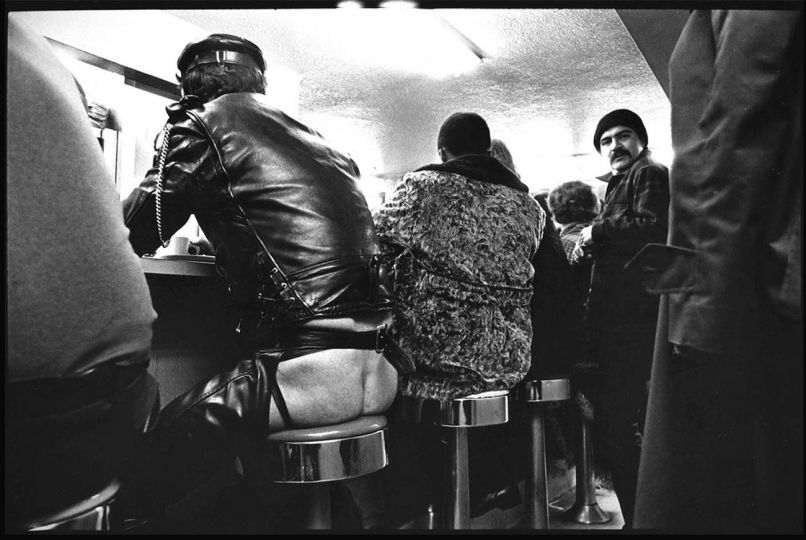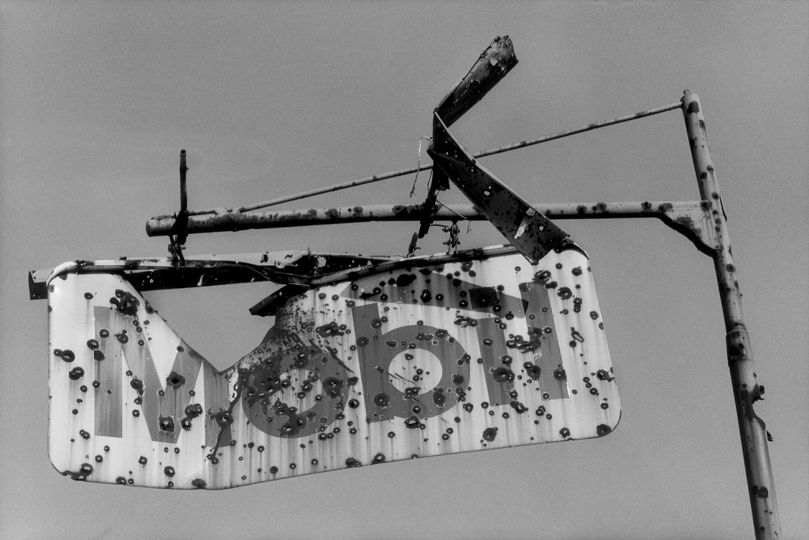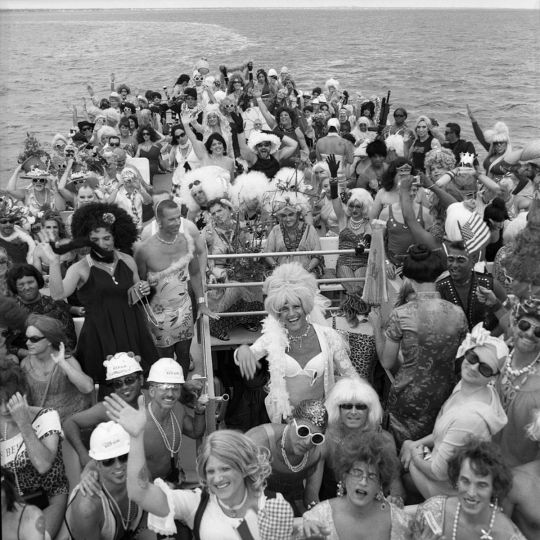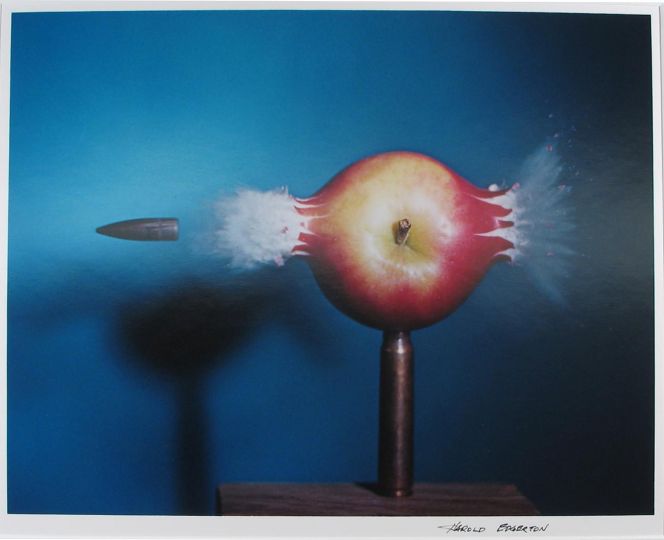Opening last weekend at the Museum of Fine Arts, Houston is a massive, unprecedented exhibition about war and photography. Displayed are over 500 objects including photographs from more than 280 photographers from 28 countries.
This exhibition, starting near the beginning of photography, in 1846, covers the photographic history of the subject until today. It has been organized Anne Wilkes Tucker, the Gus and Lyndall Wortham Curator of Photography at the museum; Will Michels, photographer and Glassell School of Art instructor and Natalie Zeit, curatorial assistant for photography.
After leaving Houston in February 2013, the exhibition will travel to The Annenberg Space for Photography in Los Angeles during the spring and early summer of 2013; The Corcoran Gallery of Art in Washington, D.C. from summer into early fall; and then to the Brooklyn Museum of Art from November 2013 to February 2014.
“The photographer is the witness and the photograph is the testimony” James Nachtwey
The exhibition WAR/PHOTOGRAPHY is organized into 26 sections. Here are some of the highlights:
DAILY ROUTINE: Features images of boredom, routine and playfulness. A photograph by Cecil Beaton from World War II, shows a British Royal Marine repairing a ship signal flag on a sewing machine. Photographs in this section show how much of wartime is spent just getting ready for the battle.
LEISURE TIME: A popular subject for photographers when they are not worried about incoming shells, bullets and other dangers. There are many images of soldiers as rest, including a photograph by Mark Grimshaw of an army Sergeant in Iraq tending to his small plot of grass, only growing after he purchased grass from a local Iraqi famer.
THE WAIT: Most of war is not about combat but about sitting and waiting for that climatic moment adored by the media. In this section is an image by Susan Meiselas of rebels in Nicaragua in 1978 ready with their Molotov cocktails waiting for the start of an attack against the National Guard and many more images of soldiers and civilians waiting between clashes.
CIVILIANS: They are the real casualties of armed conflicts. They cannot usually get out of war’s horror. The battle surrounds their homes and where can they go if this is their birthplace, their only property and where they work? When they are forced to leave their homes, they are nearly hopeless pawns of the combatants and the aid agencies. Look at the photograph by Walter Astrada of the Congolese woman trying to retain her dignity while breastfeeding alongside the road as a tank rolls by.
CHILDREN: Photographs of them are often the most heart wrenching of all conflict images. Mostly innocent children are caught in the vortex without comprehending with a few exceptions like Philip Jones Griffiths boy soldier in Vietnam. It is rumored he killed his mother and teacher!
PORTRAITS: After the invention of photography and the popularity of the Daguerreotype, for the wealthy, people felt a need to have a photographic record of themselves and their family. The inexpensive tintype satisfied this desire. From the first days of the U.S. Civil War of the 1860s it was almost imperative have one of these cheap tintype portraits of a soldier before they left for war, if for no other reason than the strong likelihood he would not return and there would be no record of him.
RECONNAISANCE, RESISTANCE AND SABOTAGE: Images of sabotage and resistance are rare, due to the secret nature of the task. Yet there are images of soldiers on night watch during the recent war over Afghanistan. There is also Soviet photographer Arkady Shaikhet’s portrait from 1942 of a partisan girl with belts of bullets around her shoulders. She was famous for being able to penetrate German roadblocks even while pregnant!
PRISONERS OF WAR/INTERROGATION: It is amazing that the captors allowed any photographs of the captured. There seems to be a desire to document victims like hunters do with their game! You would think the inquisitors would want the hide their deeds, but no, it seems that want to proudly display their human trophies.
EXECUTIONS: These images appear to be quite common wartime photographs. Officials and citizens want proof their enemies are dead. As early as 1867 when photographers were not present or when film emulsion was too slow to stop the action, photographer Francois Aubert resorted to making an image of Maximilian’s bullet-ridden shirt after his execution in Mexico. In Cambodia, Nhem Ein photographed those condemned by the Khmer Rouge before they were executed.
FAITH: Almost every solider has a faith to believe in, to turn to for understanding, inspiration and hope before and during battle. There are always photographers on hand to record all kind of devotion. There are photographs of services, quiet contemplation and burials.
REFUGEES: Often during or after the fighting, the most emotionally powerful images are those of civilians caught in it. These people who may not even have taken sides but are simply stuck in the middle because this is where they live. Jonathan Torgovnik returns to one of the world’s great genocides to photograph the victims of rape in Rwanda.
WAR’S END: Eventually all wars come to a conclusion with victories and defeats. There are photos of those who surrender, with their heads low and sadness on their faces. There are the victorious, who smile, cheer and rejoice over their win. There are photographs of the shamed people who worked in the concentration camps and collaborated with the losers. There are flag raisings in Berlin, Iwo Jima and around the world.
AFTERMATH: After a battle there is death, grief, exhaustion and destruction. Bodies are removed like in an image by the great French photojournalist Henri Huet of the body of a U.S. soldier being lifted into a hovering helicopter. Everywhere in photographs is the dramatic evidence of the catastrophic scars that wars leave on people, their homes, their communities and their lands.
MEMORIALS: The monuments, small and large make sure wherever we go in the world we are never allowed to forget the great ordeals that passed. Around the corner in every town, city and even on deserted country roads we come face to face with them. One of these, at first disliked by some but then becoming one of the most visited U.S. memorials is the Vietnam Memorial in Washington, D.C. designed brilliantly by Maya Lin.
REMEMBRANCE: All photographs are remembrances of events that flashed by on their way to becoming history. Many of them will rise to the level of Alfred Eisenstaedt’s Victory Day in Times Square, New York or Gen. Loan raising his pistol on that Saigon Street in February 1968 or the napalmed children running down the road into Nick Ut’s camera.
Robert Stevens
War Photography: Images of Armed Conflict and Its Aftermath
From November 11th, 2012 to February 3rd, 2013
Museum of Fine Arts, Houston
1001 Bissonnet Street
Houston, TX 77005,
USA
T : (713) 639-7300
















